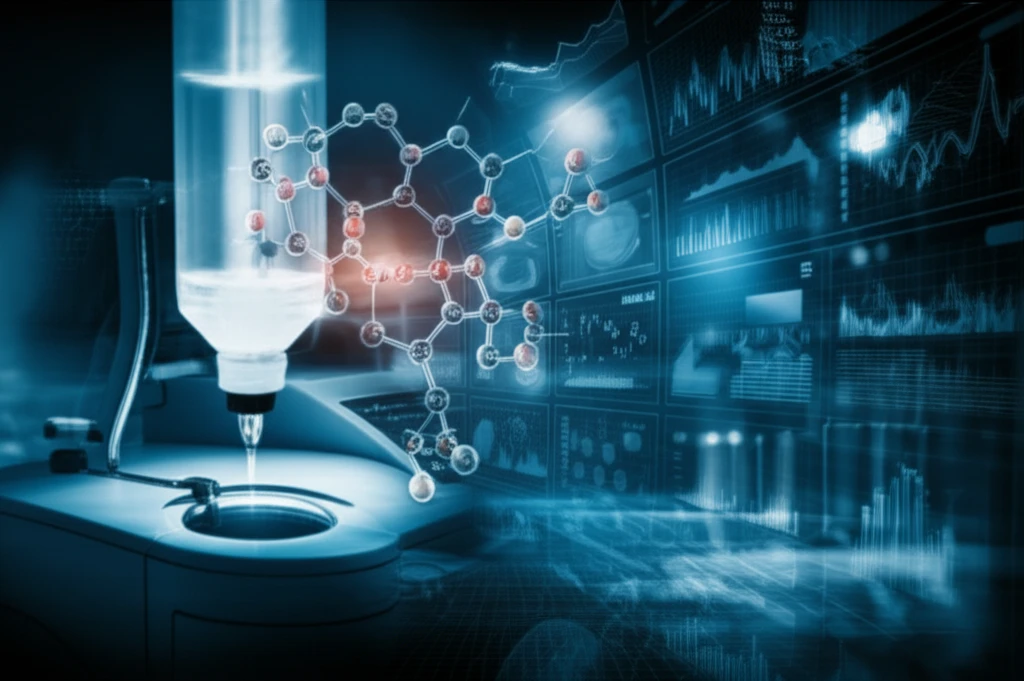
Unlocking Wellness: How UV Spectrophotometry is Revolutionizing Drug Analysis in Human Serum
"Discover how cutting-edge UV spectrophotometry is transforming the way we analyze drugs, offering new hope and precision in healthcare."
In the ever-evolving landscape of healthcare, precision and accuracy in drug analysis are paramount. One groundbreaking method gaining traction is UV spectrophotometry, a technique that utilizes ultraviolet light to measure the concentration of substances in a sample. This method is not just a scientific advancement; it's a beacon of hope, promising more effective treatments and improved patient outcomes.
Roflumilast, a drug used in the treatment of chronic obstructive pulmonary disease, serves as a prime example of the method's capabilities. The article delves into how UV spectrophotometry is used to accurately estimate Roflumilast levels in human serum. This is a crucial step in ensuring that patients receive the correct dosage and that the drug is effectively metabolized by the body.
This article explores the groundbreaking work of researchers who have developed and validated this method. The study highlights the method's simplicity, sensitivity, and accuracy, paving the way for more reliable and efficient drug analysis in the future. For those interested in health, wellness, and the latest advancements in medical science, this is an essential read.
The Science Behind UV Spectrophotometry: A Closer Look

UV spectrophotometry works on the principle of light absorption. When a beam of UV light passes through a sample, the molecules of the substance in the sample absorb some of the light. The amount of light absorbed is directly proportional to the concentration of the substance, which allows scientists to accurately measure drug levels.
- Precision: The method showed excellent precision, with intra-day and inter-day precision values being very low, indicating consistent results.
- Accuracy: The method demonstrated high accuracy, confirming its reliability in determining Roflumilast concentrations.
- Sensitivity: The method is sensitive enough to detect even minute quantities of Roflumilast, making it suitable for various clinical applications.
The Future of Drug Analysis: A New Era of Precision
UV spectrophotometry represents a significant leap forward in drug analysis. As the field of medicine continues to advance, the need for precise and reliable methods of drug analysis will only increase. This innovative method is not just a scientific achievement; it's a testament to the potential of scientific research to improve healthcare. As we embrace these advancements, we move closer to a future of more effective treatments, improved patient outcomes, and a deeper understanding of the human body.
